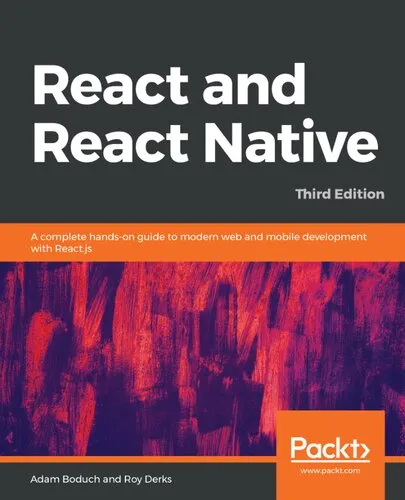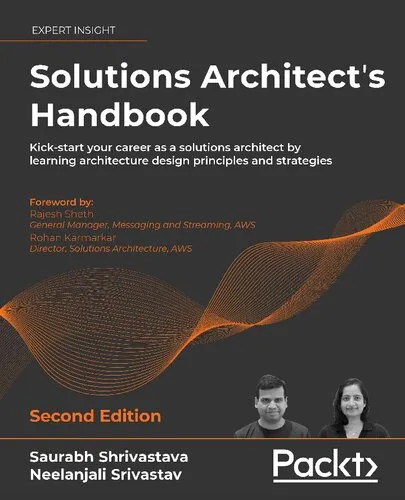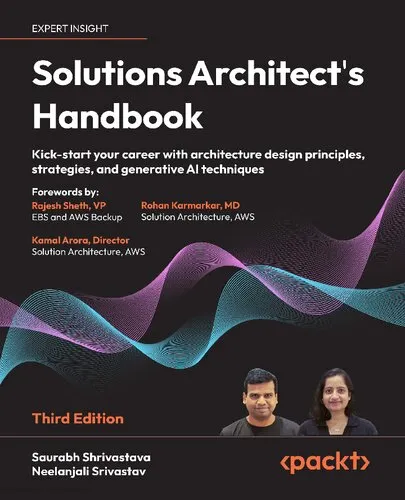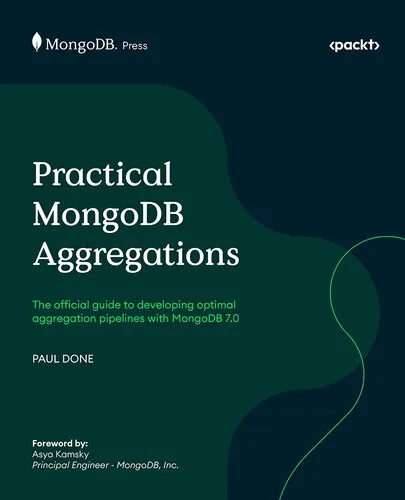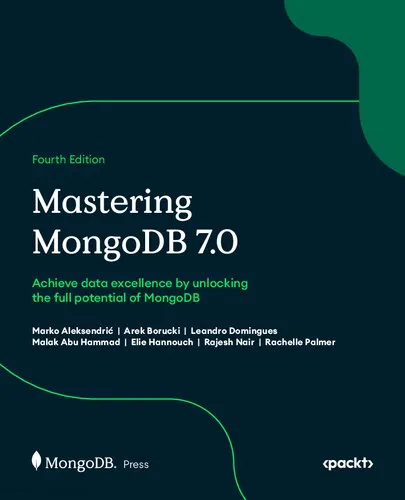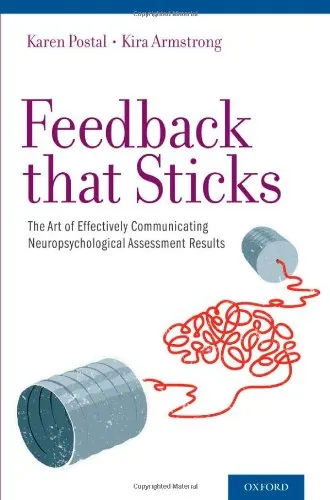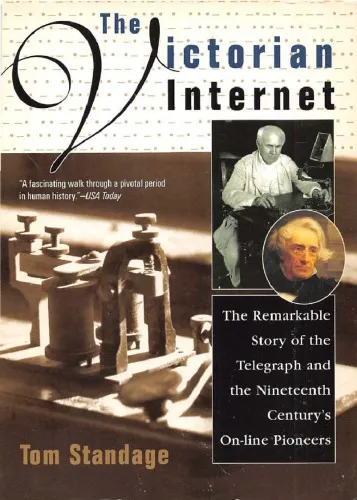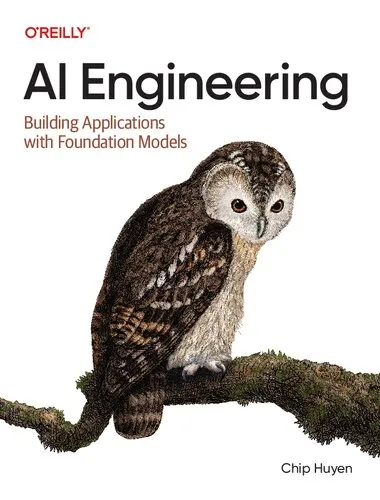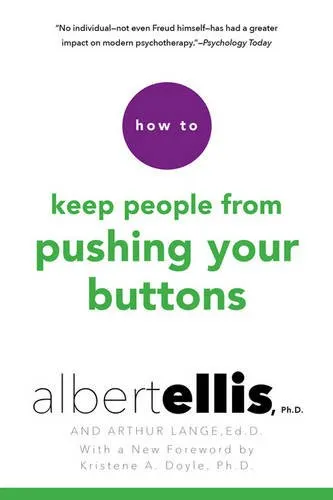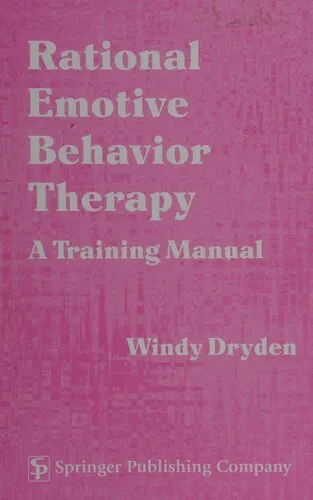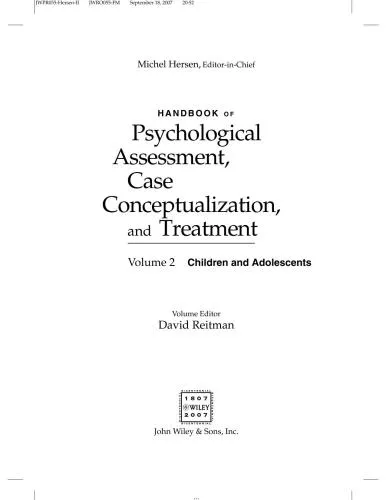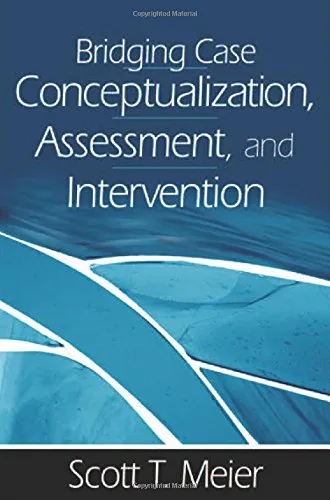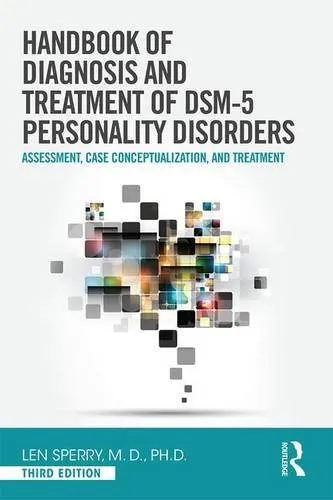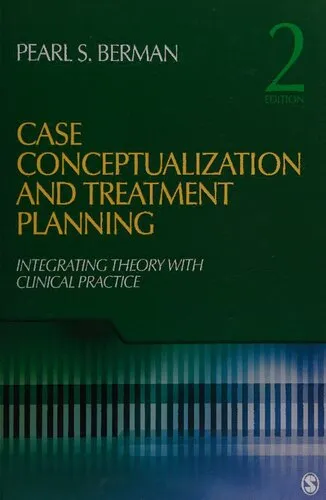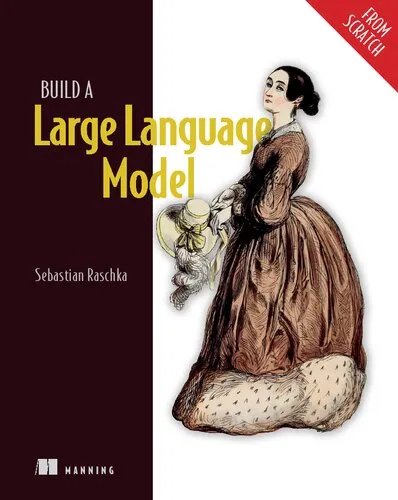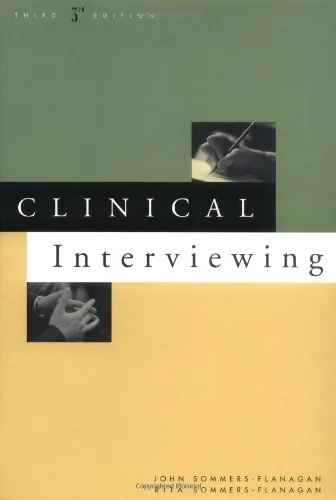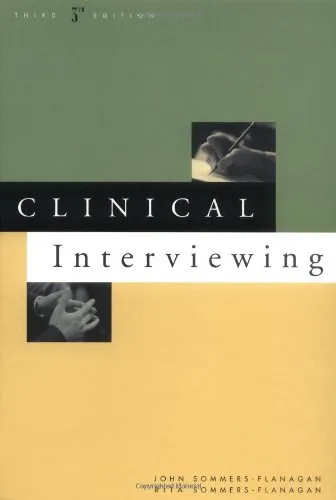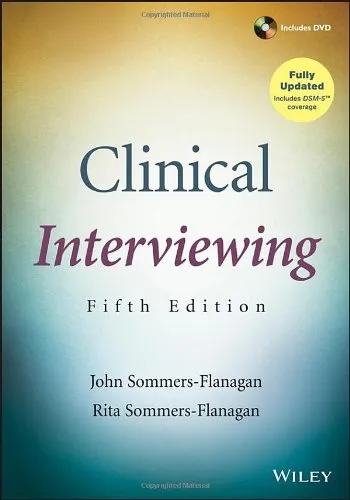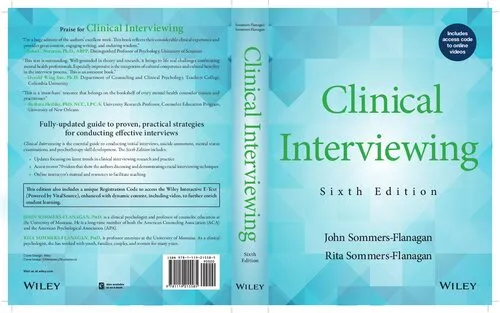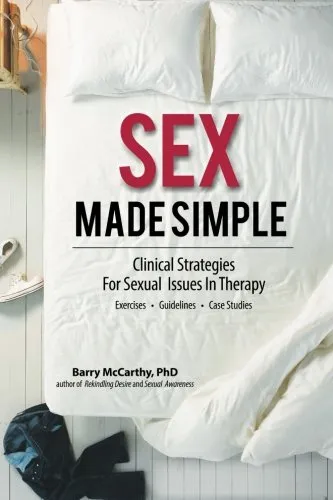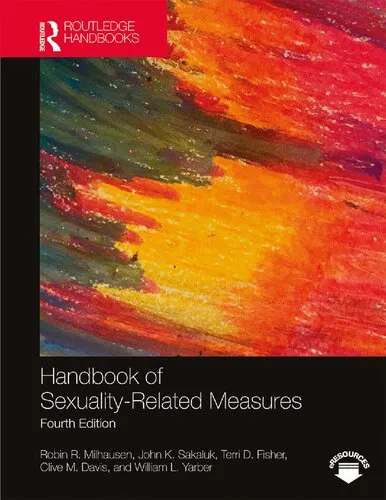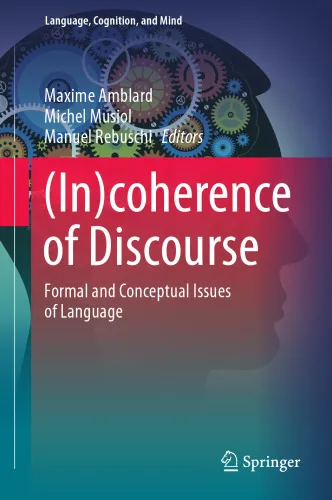Topics in Language Disorders
4.5
Reviews from our users

You Can Ask your questions from this book's AI after Login
Each download or ask from book AI costs 2 points. To earn more free points, please visit the Points Guide Page and complete some valuable actions.Related Refrences:
Analytical Summary
The section titled Topics in Language Disorderspp.45—55 stands as a thoughtful contribution to the scholarly discourse on language development and impairment. Written with a deliberate focus on research-based analysis, it addresses intricate questions surrounding the cognitive and communicative capacities of individuals facing language-related challenges. Though the exact publication year is marked as “Information unavailable” due to the absence of reliable public sources, the content remains as relevant today as when initially composed, bridging theoretical perspectives with applied methodologies.
This work navigates central themes by dissecting disorders that impede speech, comprehension, and expressive abilities. The authors integrate cross-disciplinary insights—spanning linguistics, psychology, and educational assessment—to illustrate how language disorders manifest in varied contexts. Extensive discussion is given to assessment tools, intervention strategies, and the interplay between environmental stimuli and linguistic outcomes.
Professionals engaging with this section will encounter not only descriptions of disorder typologies but also evaluations of prior research findings. This dual focus underscores a commitment to advancing both the theoretical frameworks and the practical interventions that shape the modern understanding of language disorders.
Key Takeaways
Readers of Topics in Language Disorderspp.45—55 will gain a rigorous yet accessible synthesis of critical issues affecting the study and treatment of language impairments. These takeaways distill the authors’ meticulous approach and highlight the practical relevance for multiple professional spheres.
First, the section foregrounds an evidence-based approach, emphasizing that any intervention must be grounded in reliable assessment methods and tailored to individual needs. Second, it reinforces the notion that language disorders cannot be understood in isolation but must be situated within socio-cultural, developmental, and neurological frameworks. Third, it presents a balanced view of challenges and possibilities, suggesting that with informed strategies, significant progress is achievable for those impacted by communication difficulties.
Finally, the authors’ integration of secondary keywords like “language development research” and “communication disorders analysis” throughout their discussion ensures readers can align this content with broader scholarly dialogues in the field.
Memorable Quotes
Among the analytical passages, certain lines resonate due to their clarity and depth, encapsulating the essence of the authors’ scholarly intent.
"Understanding a language disorder begins with understanding the individual behind the diagnosis."Unknown
"Assessment is not merely a measure—it is a gateway to meaningful intervention."Unknown
"Effective communication strategies are built upon both scientific rigor and human empathy."Unknown
Why This Book Matters
The enduring relevance of Topics in Language Disorderspp.45—55 lies in its capacity to inform and inspire specialists across disciplines. For academics, it synthesizes complex theories into digestible segments. For practitioners in speech and language pathology, it offers clear frameworks for assessment and intervention. And for policymakers, it provides evidence that reinforces the necessity of resource allocation toward communication health.
Its intersectional exploration—where language development research meets clinical data—ensures the content remains a cornerstone reference for both seasoned professionals and emerging scholars. By navigating between diagnostic criteria and therapeutic practices, the authors strengthen the bridge between theory and application, which is indispensable in any serious study of communication disorders analysis.
Inspiring Conclusion
In revisiting Topics in Language Disorderspp.45—55, one is reminded of the profound responsibility and opportunity inherent in the study of language impairments. The content, though crafted at a specific moment in academic history, continues to illuminate pathways for research innovation and compassionate practice.
This section is more than a compilation of findings—it is a call to action. It urges readers to critically examine their methodologies, share insights within their professional networks, and engage in collaborative dialogues aimed at advancing both knowledge and care in the field of language disorders.
Whether you are an academic, a clinician, or a student, make the deliberate choice to read, reflect, and discuss the ideas presented here. In doing so, you carry forward the legacy of rigorous inquiry embedded within Topics in Language Disorderspp.45—55, ensuring its impact resonates across future generations.
Free Direct Download
You Can Download this book after Login
Accessing books through legal platforms and public libraries not only supports the rights of authors and publishers but also contributes to the sustainability of reading culture. Before downloading, please take a moment to consider these options.
Find this book on other platforms:
WorldCat helps you find books in libraries worldwide.
See ratings, reviews, and discussions on Goodreads.
Find and buy rare or used books on AbeBooks.
1259
بازدید4.5
امتیاز0
نظر98%
رضایتReviews:
4.5
Based on 0 users review
Questions & Answers
Ask questions about this book or help others by answering
No questions yet. Be the first to ask!
